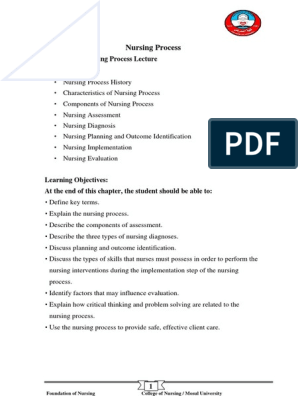0% found this document useful (0 votes)
3K views16 pagesLegal Aspect of Documentation
This document discusses the legal aspects of nursing documentation. It states that accurate documentation of patient assessments, plans, interventions and evaluations can help nurses avoid liability, while poor documentation could hurt a nurse's defense. It also outlines policies around maintaining patient confidentiality, ownership of medical records, and appropriate access to records. The document concludes with "dos and don'ts" of legal nursing documentation, such as the importance of recording normal findings, not altering records, and remembering that if an action is not documented, it cannot be proven that it occurred.
Uploaded by
abidCopyright
© © All Rights Reserved
We take content rights seriously. If you suspect this is your content, claim it here.
Available Formats
Download as PPTX, PDF, TXT or read online on Scribd
0% found this document useful (0 votes)
3K views16 pagesLegal Aspect of Documentation
This document discusses the legal aspects of nursing documentation. It states that accurate documentation of patient assessments, plans, interventions and evaluations can help nurses avoid liability, while poor documentation could hurt a nurse's defense. It also outlines policies around maintaining patient confidentiality, ownership of medical records, and appropriate access to records. The document concludes with "dos and don'ts" of legal nursing documentation, such as the importance of recording normal findings, not altering records, and remembering that if an action is not documented, it cannot be proven that it occurred.
Uploaded by
abidCopyright
© © All Rights Reserved
We take content rights seriously. If you suspect this is your content, claim it here.
Available Formats
Download as PPTX, PDF, TXT or read online on Scribd
/ 16






























































































